Politics
Right-Wing Brazilians Are Up in Arms Over This ‘Obscene’ Sculpture of a Vulva at a Botanical Art Park in Brazil
A political controversy has erupted over the crimson art installation.
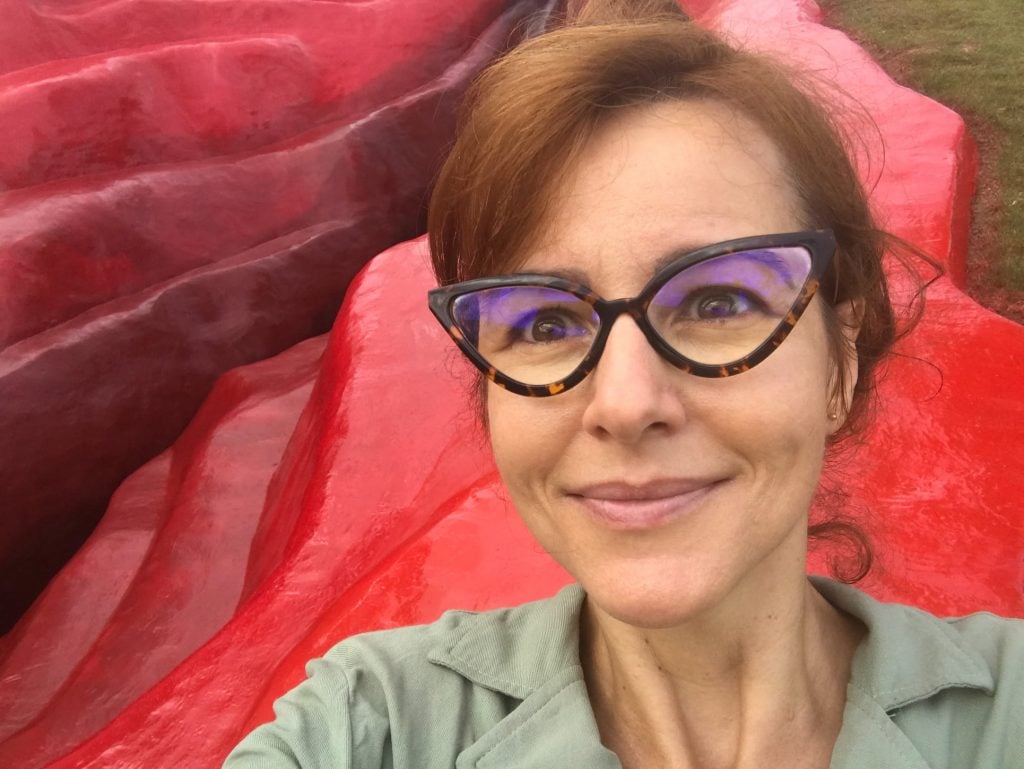
A political controversy has erupted over the crimson art installation.

Sarah Cascone

A hand-carved, 108-foot-long sculpture of a vagina, built on the side of a hill in a sculpture park in Brazil’s northeastern Pernambuco state, has ignited a political firestorm.
The sculptor, Juliana Notari, wrote on Facebook that the artwork, titled Diva, “questions the relationship between nature and culture in our western phallocentric and anthropocentric society,” and invites discussion about the “problematization of gender.”
The work’s unveiling comes just days after the country’s president, Jair Bolsonaro, declared that abortion would never be legalized in Brazil. Supporters of Bolsonaro have condemned the crimson vulva as “leftist propaganda,” “obscene,” and “reprehensible” on social media, reports the Guardian. The artist’s original post on Facebook has prompted more than 25,000 impassioned comments. Right-wing Brazilian pundit Olavo Carvalho asked on Twitter why people were talking about the work instead of “dealing with it” with an equally large penis.
Some 11 months in the making, a team of 20 men lowered the concrete and resin reliefs into a massive trench dug by hand at Usina de Arte, a botanical art park that opened in 2015.
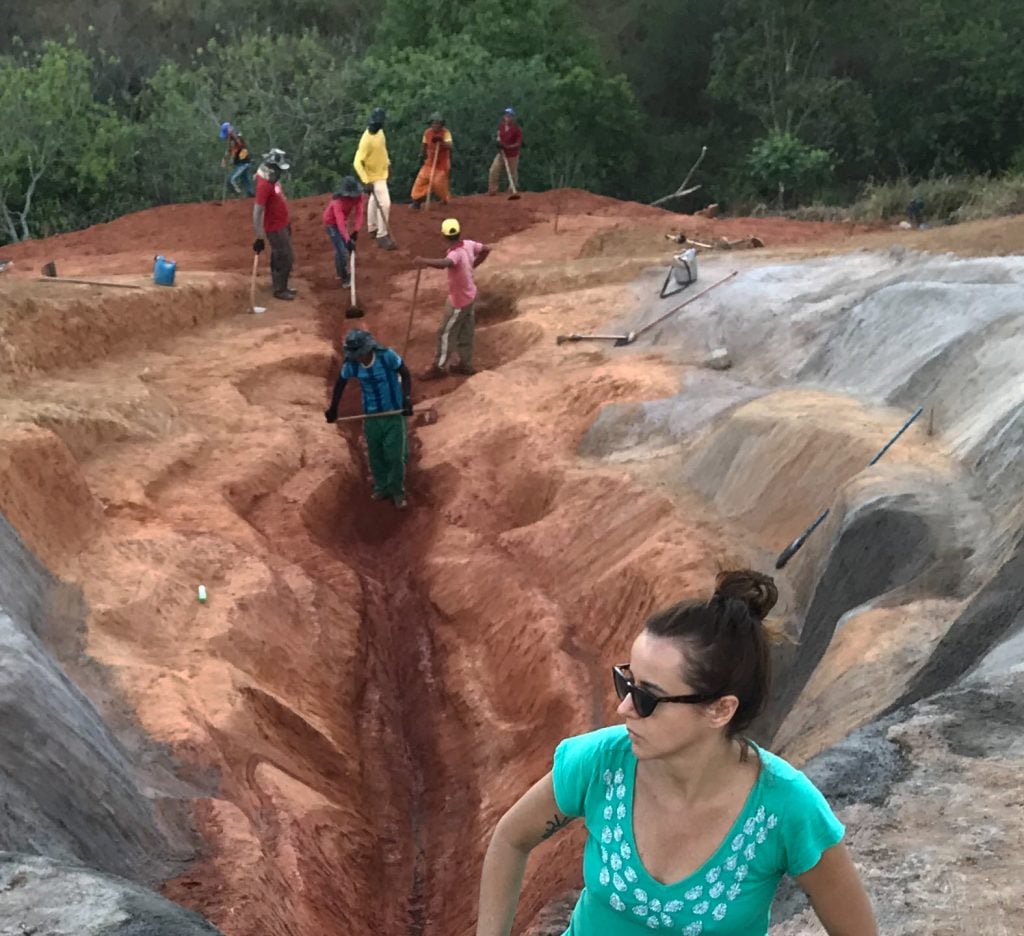
Juliana Notari as workers install her work Diva at Usina de Arte. Photo courtesy of Juliana Notari.
The female body has been at the heart of Notari’s practice for decades, since she came into possession of a collection of 22 metal speculums used in vaginal exams. She began using the medical devices to make other orifices in her work, a series she likened to wounds. Diva is the largest work in the series, she told Revista Continente, and is meant to read not only as a female body part, but as an open sore that represents the societal inequalities in Brazil.
“If it was just a vulva, I would have built the labia and the clitoris as well,” said Notari in a statement. “It is also a wound.”
Neither the artist nor the sculpture park could be reached for comment.
Representations of vaginas in art have caused controversy before. In 2015, Anish Kapoor’s public work at the palace of Versailles, Dirty Corner, was repeatedly vandalized after the artist reportedly said it represented “the vagina of the queen.”
See more images of the work below.
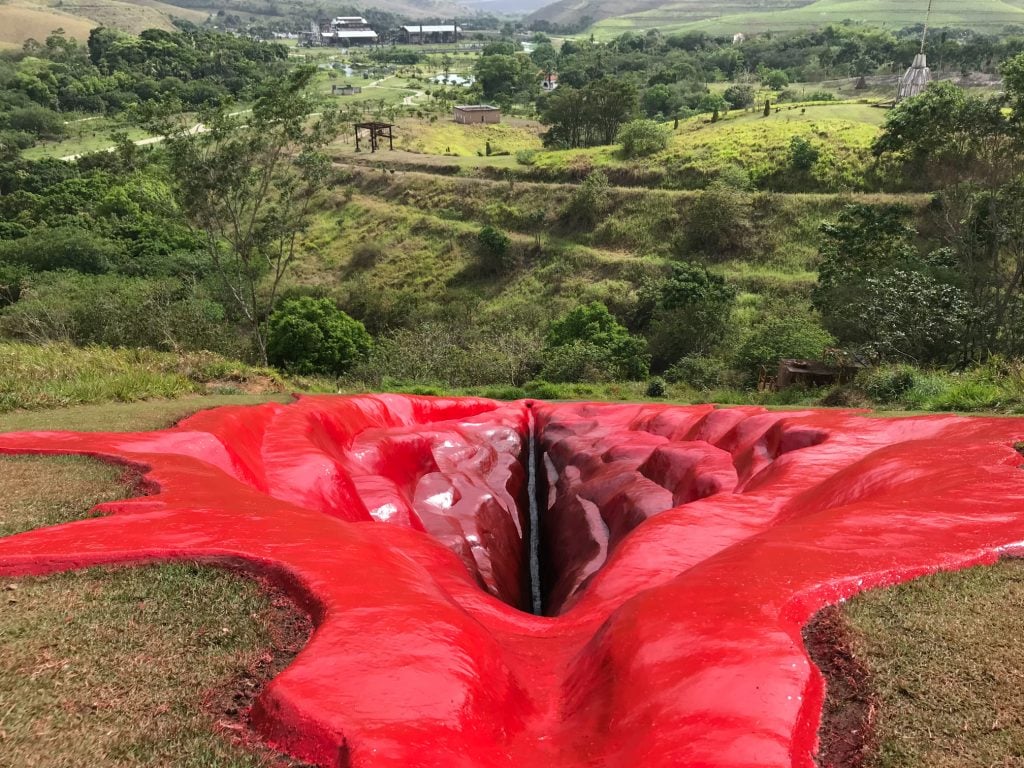
Juliana Notari, Diva at Usina de Arte. Photo courtesy of Juliana Notari.
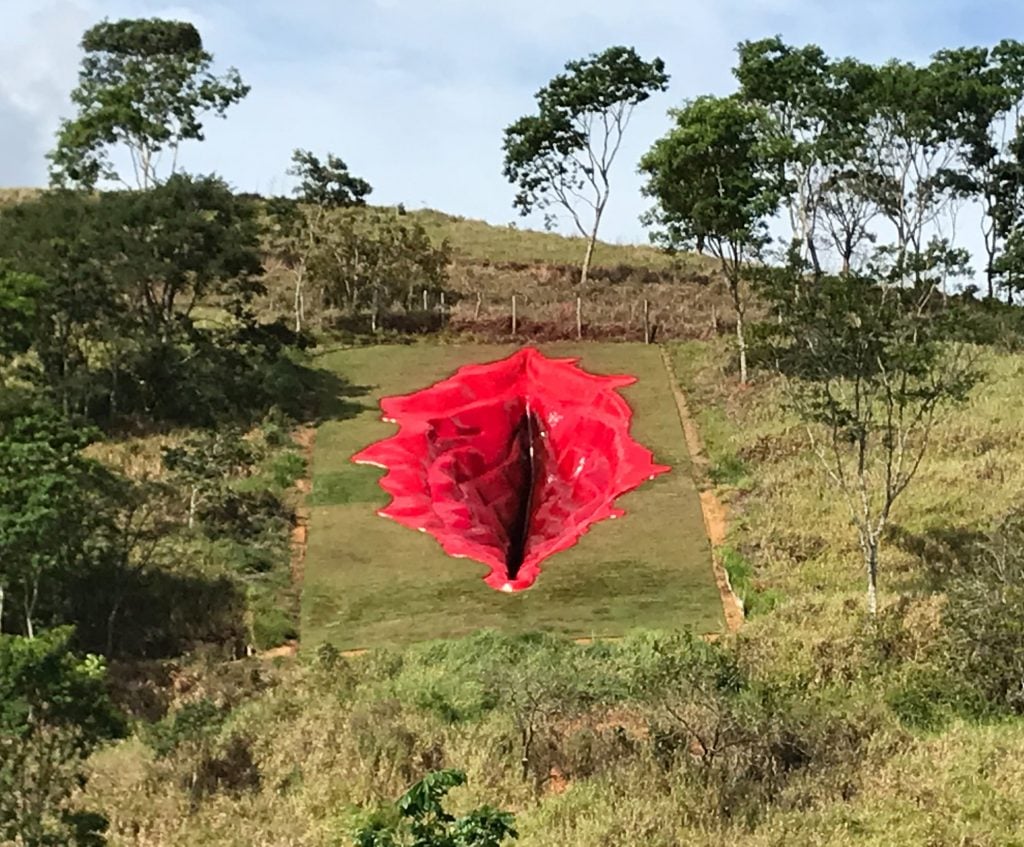
Juliana Notari, Diva at Usina de Arte. Photo courtesy of Juliana Notari.
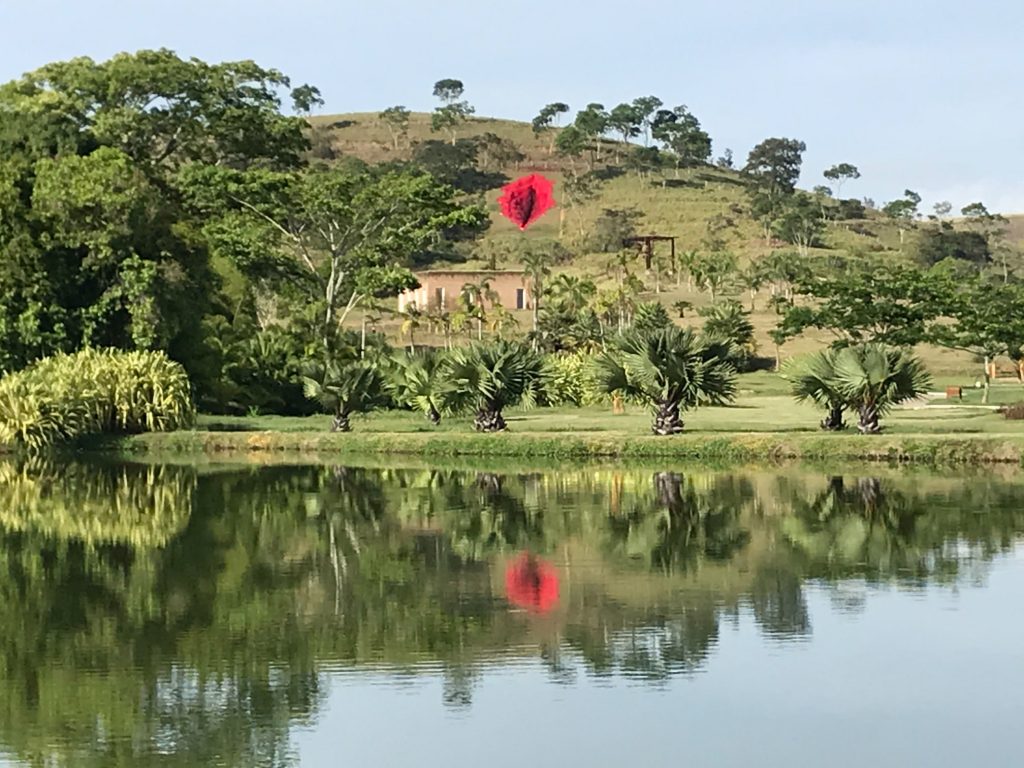
Juliana Notari, Diva at Usina de Arte. Photo courtesy of Juliana Notari.
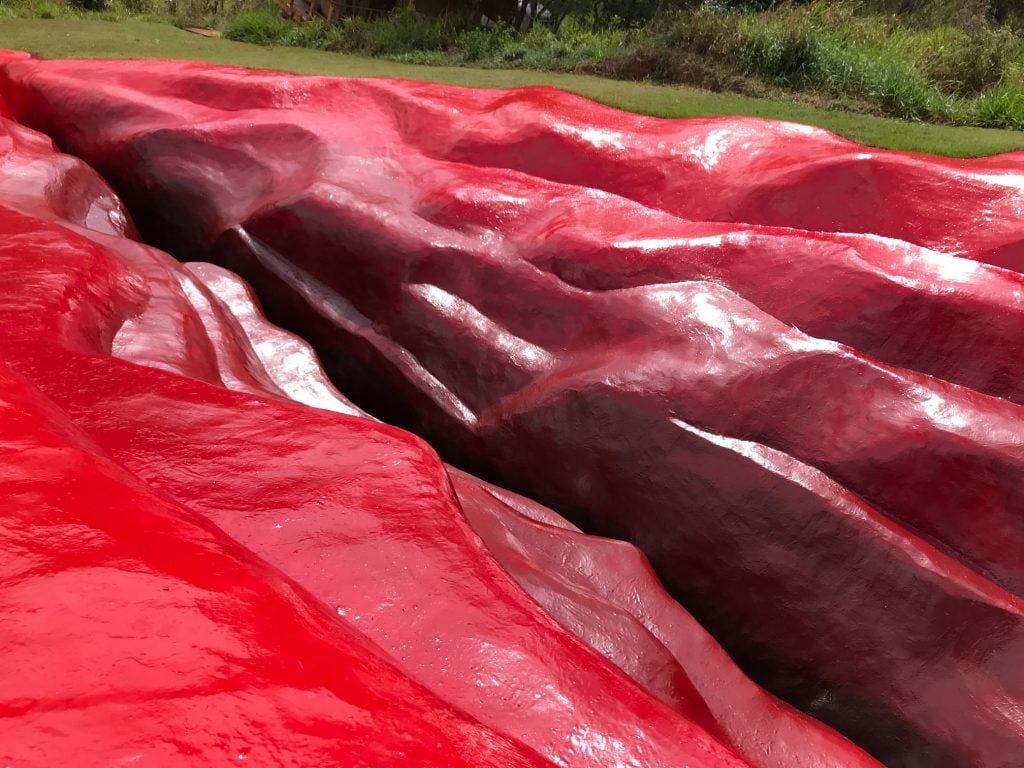
Juliana Notari, Diva at Usina de Arte. Photo courtesy of Juliana Notari.
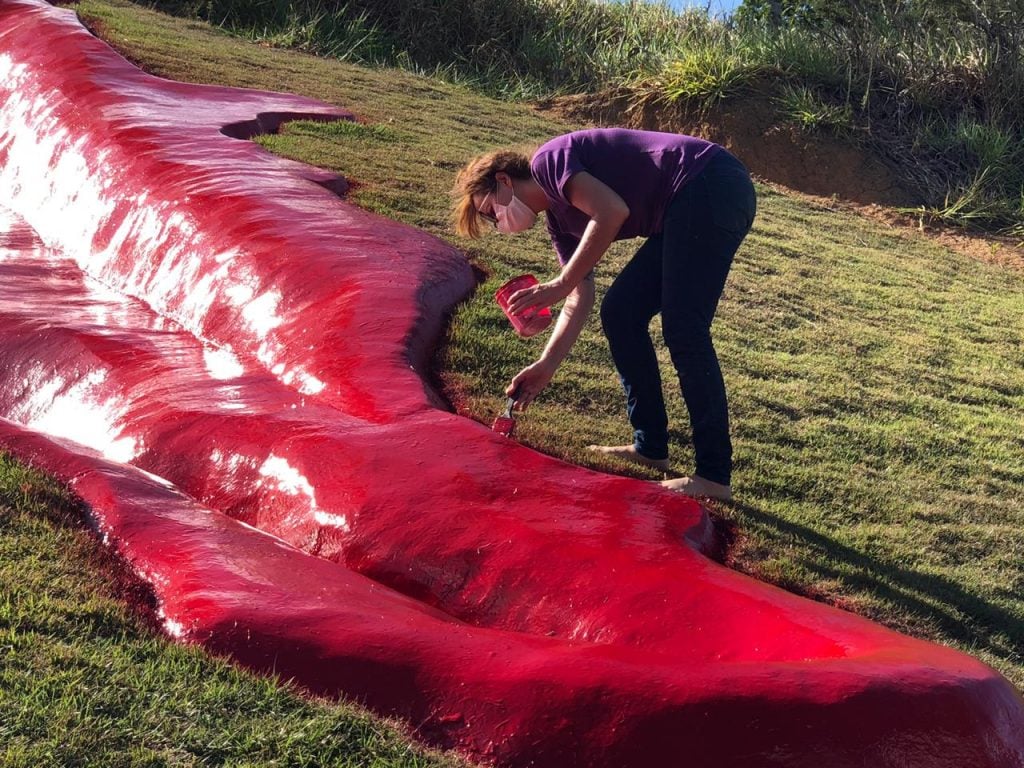
Juliana Notari painting her sculpture Diva at Usina de Arte. Photo courtesy of Juliana Notari.
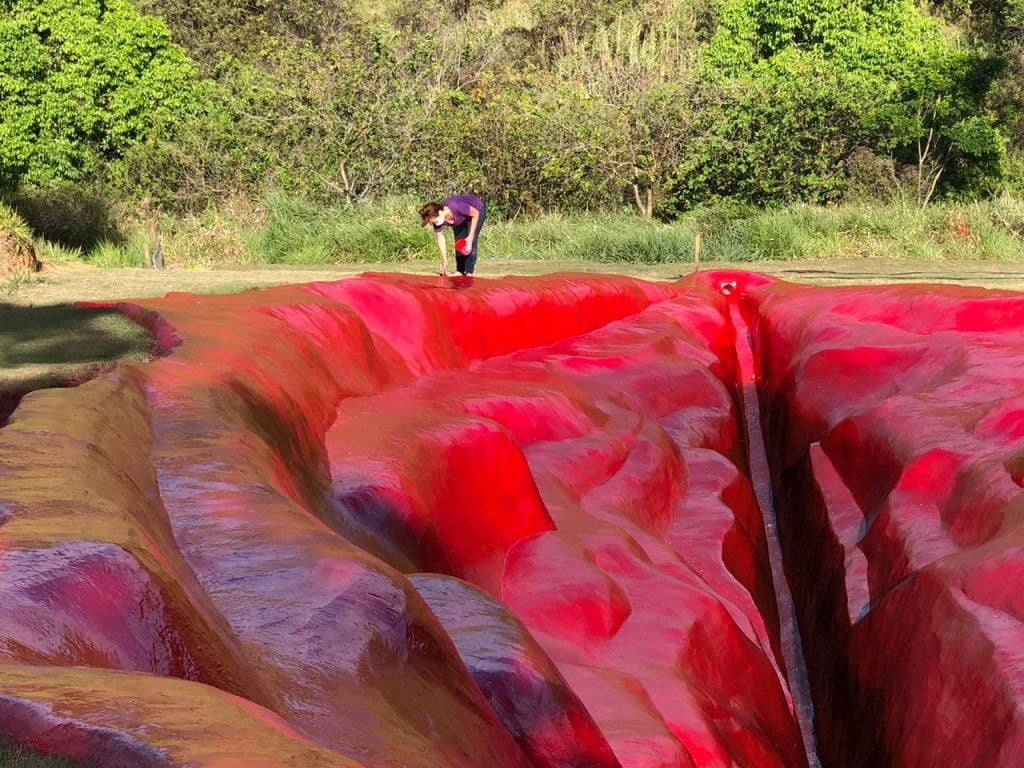
Juliana Notari painting her sculpture Diva at Usina de Arte. Photo courtesy of Juliana Notari.
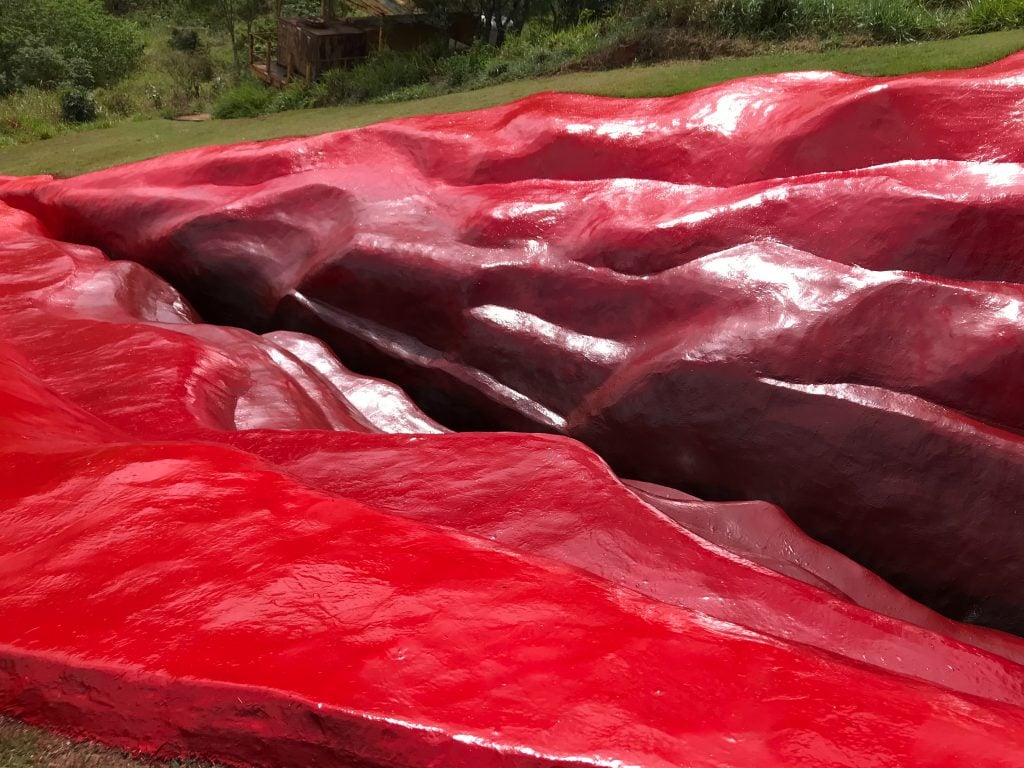
Juliana Notari, Diva at Usina de Arte. Photo courtesy of Juliana Notari.
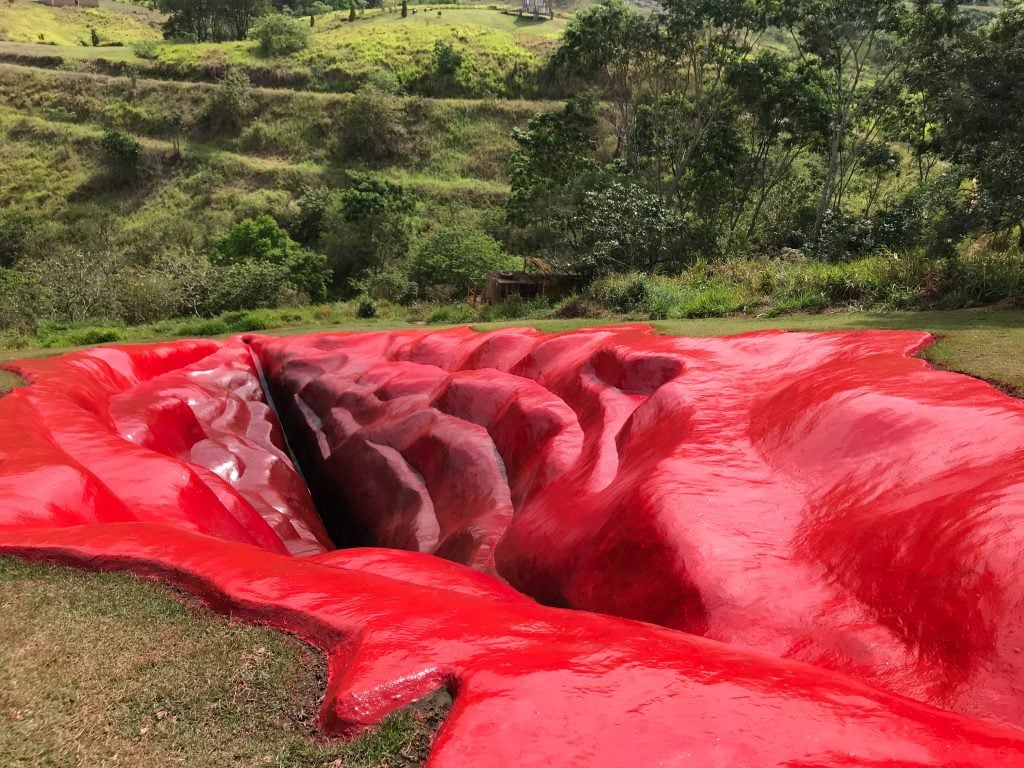
Juliana Notari, Diva at Usina de Arte. Photo courtesy of Juliana Notari.
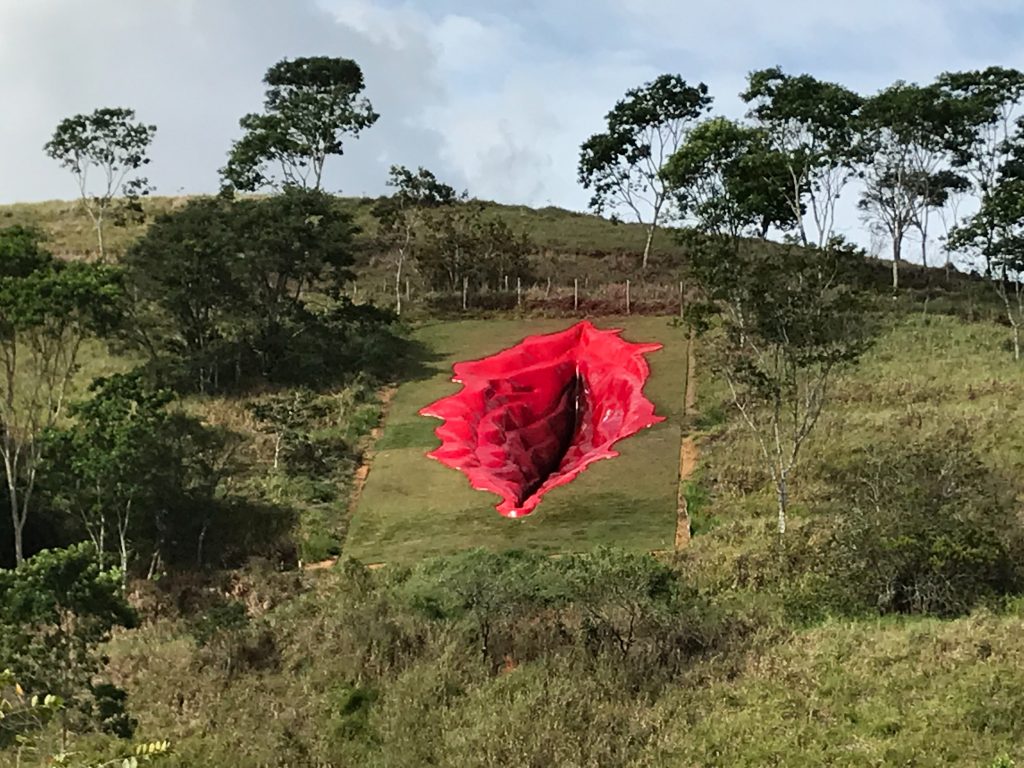
Juliana Notari, Diva at Usina de Arte. Photo courtesy of Juliana Notari.